Elite Air Force team called in to rescue missing dad and his daughter in Oregon
- By Stavros Atlamazoglou
Share This Article
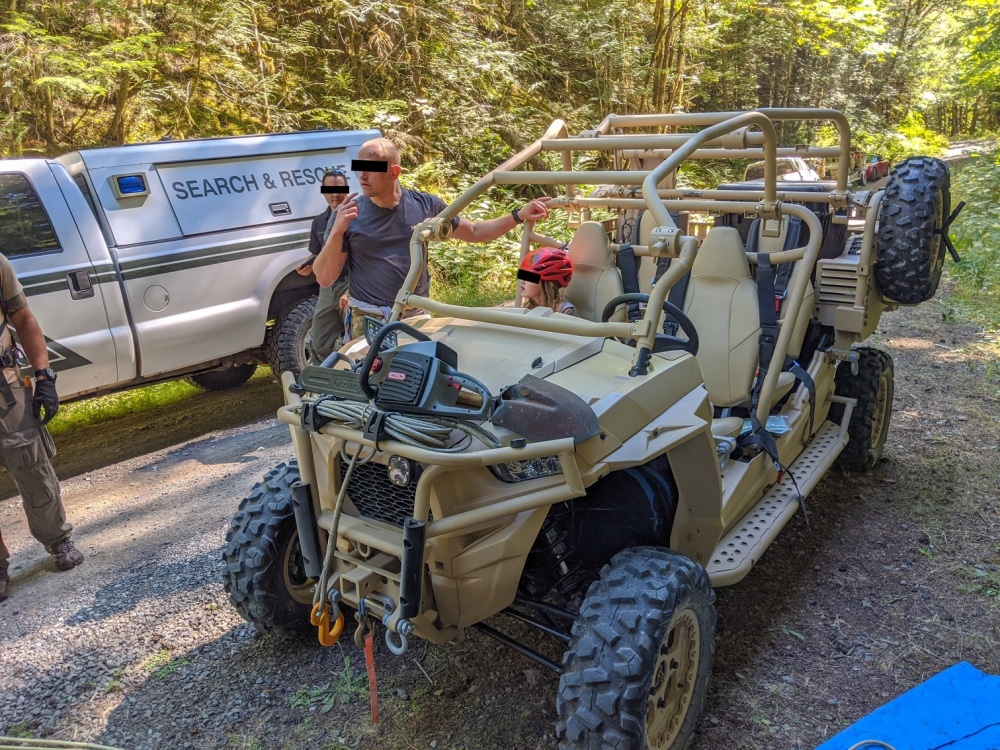
Earlier in September, Air Commandos rescued two hikers who had got lost in Oregon’s Mount Hood. A 34-year-old man and his 7-year-old daughter had gone hiking but got lost and were missing for two days. At that point, the local Sheriff’s department requested the help of the Air Force.
A combined team comprised of eight Pararescuemen and three Survival, Evasion, Resistance, and Escape (SERE) specialists from the 304th Rescue Squadron (Reserves) and 125th Special Tactics Squadron (Air National Guard) answered the call. Despite the odd hour, they were notified at 21:30 (that’s 9:30 p.m. for the civilians among us), it took the team just over three hours to assemble, get briefed, plan, and deploy for the rescue.
Major Ryan (last name redacted), the director of operations for the 304th RQS, said that “Our members responded in the middle of the night to assist the local authorities, located the isolated personnel, and evacuated them to safety. I am extremely proud of our team and how they performed to enable a positive outcome for the local authorities. A great reflection of the capabilities of the Air Force Reserve Command’s Guardian Angel Rescue Squadrons.”
The Air Commandos managed to locate the missing hikers early the next morning (05:40) but found that they couldn’t walk and so they had to be evacuated. The team had to cross a kilometer, or a bit more than half a mile, of rough woodland to reach the nearest road.
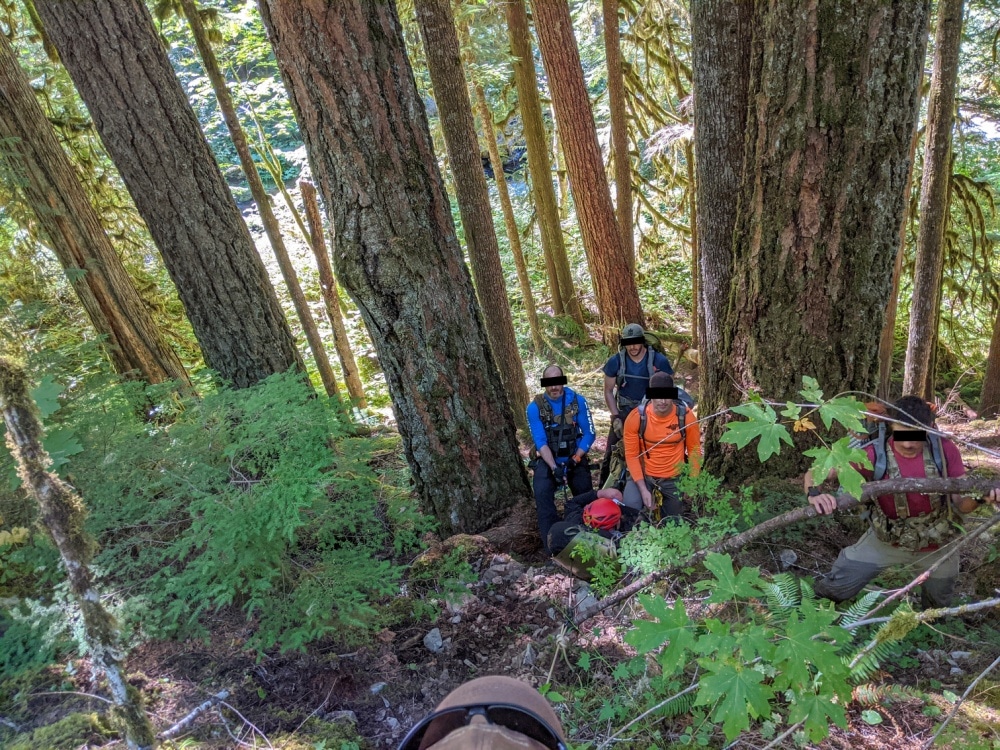
The team was well-equipped, carrying thermal and night vision goggles, technical rope rescue gear, and medical equipment.
The Air Commandos worked in conjunction with the Clackamas County Search and Rescue office and other local law enforcement agencies.
This rescue operation showcases why a slot at an Air National Guard rescue squadron is so highly sought after. Pararescuemen, SERE specialists, and support personnel get to conduct real-life operations on a frequent basis even when not deployed abroad.

“It was a combined effort between the 304th RQS and 125th STS moving the two patients through very thick and steep terrain,” said Captain Phil (last name redacted), a Combat Rescue Officer who served as a liaison between the Air Commandos and the local sheriff department. “Technical rope systems were used at a number of different locations in order to safely transport the two patients off the mountain to a place where they could be turned over to definitive care.”
Combat Rescue Officers and Pararescuemen are the only careerfields in the Department of Defense that are specially trained and equipped to conduct combat search and rescue and personnel recovery operations. Additionally, and as shown by the Mt Hood rescue and the Hurricane Katrina aftermath, their utility extends beyond combat operations and can be game-changing in domestic environments as well.
There are five Rescue and Special Tactics Air National Guard squadrons:
- 103rd in Long Island, New York
- 123rd in Louisville, Kentucky
- 125th in Portland, Oregon
- 131st in Santa Clara, California
- 212th in Anchorage, Alaska
And three Reserves Rescue and Special Tactics squadrons:
- 304th in Portland, Oregon
- 306th in Tucson, Arizona
- 308th in Cocoa Beach, Florida
Related Posts
Sandboxx News Merch
-

‘AirPower’ Classic Hoodie
$46.00 – $48.00 Select options This product has multiple variants. The options may be chosen on the product page -

‘Kinetic Diplomacy’ Bumper Sticker (Black)
$8.00 Add to cart -

‘Sandboxx News’ Trucker Cap
$27.00 Select options This product has multiple variants. The options may be chosen on the product page
Stavros Atlamazoglou
Greek Army veteran (National service with 575th Marines Battalion and Army HQ). Johns Hopkins University. You will usually find him on the top of a mountain admiring the view and wondering how he got there.
Related to: Breaking News
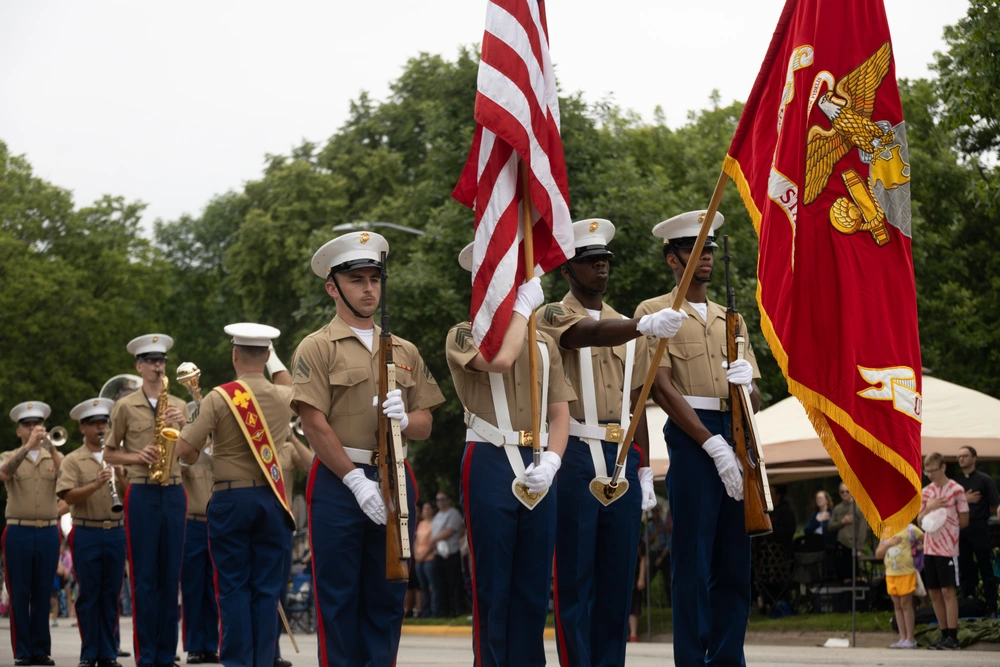
This is why the Marine Corps is different
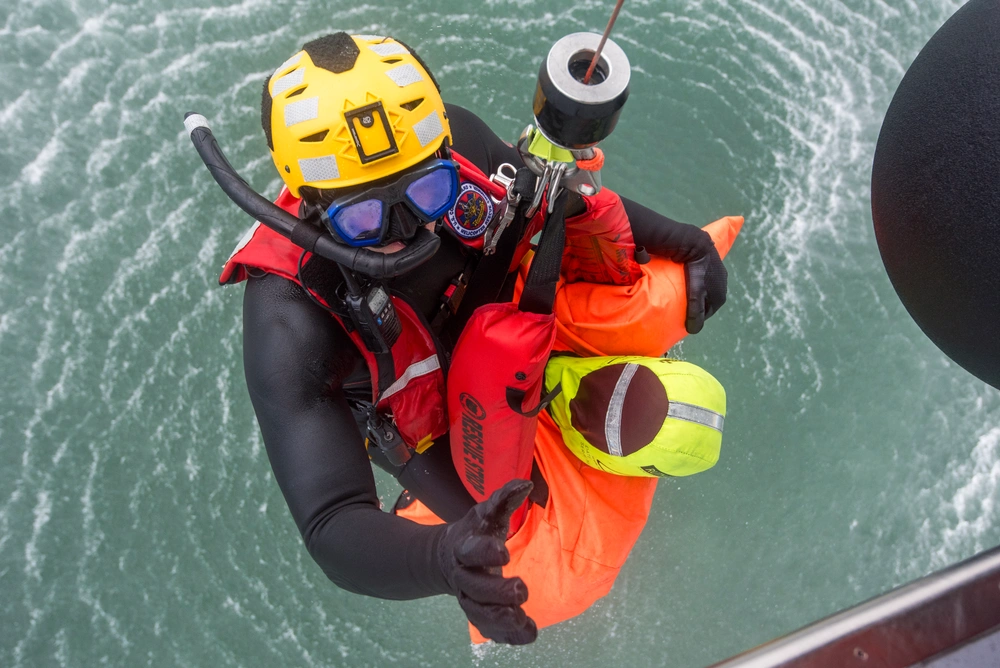
Heroic Coast Guard rescue swimmer saved hundreds in Texas floods and exemplified the spirit of America
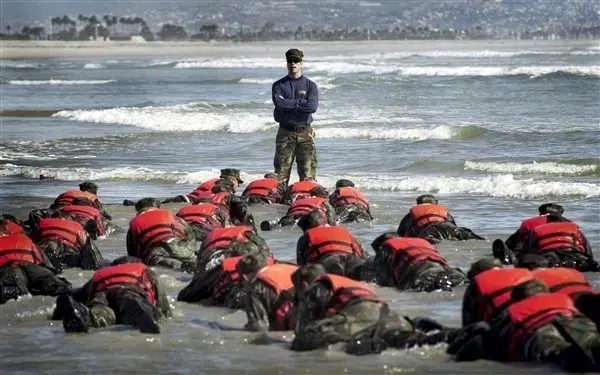
BUD/S instructors have their favorite games to make SEAL candidates suffer
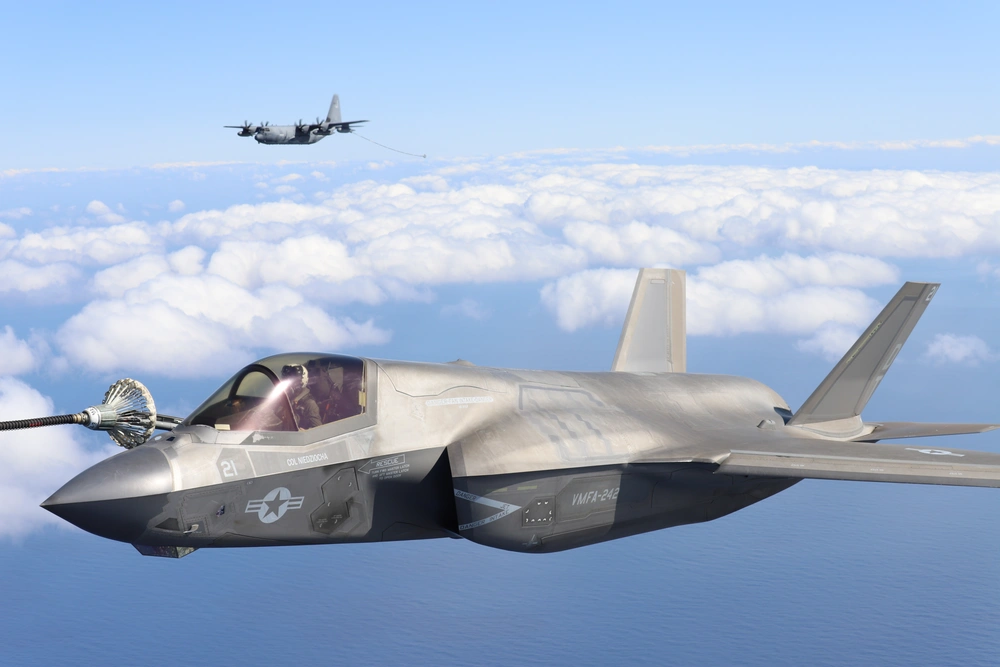
Air superiority is a required component in modern warfare
Sandboxx News
-

‘Sandboxx News’ Trucker Cap
$27.00 Select options This product has multiple variants. The options may be chosen on the product page -

‘AirPower’ Classic Hoodie
$46.00 – $48.00 Select options This product has multiple variants. The options may be chosen on the product page -

‘AirPower’ Golf Rope Hat
$31.00 Select options This product has multiple variants. The options may be chosen on the product page -

‘Sandboxx News’ Dad Hat
$27.00 Select options This product has multiple variants. The options may be chosen on the product page
